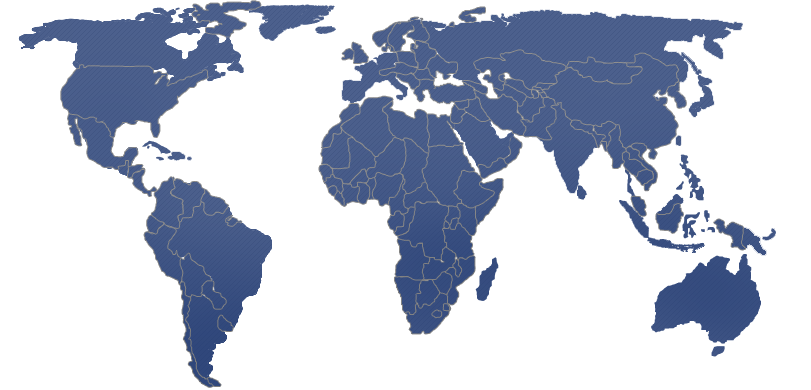When the time finally comes to send in your college applications, you’ll have to choose when and how to apply. Usually, high school students can choose between applying regular decision, early decision, and early action. It is important to be aware of the differences between these college application types and use them to your advantage.
Application Deadlines
Not all colleges have the same application deadlines, so you should research the specific deadlines for each school on your list. At some colleges, regular decision deadlines are at the end of November. At others, the deadline is as late as the middle of January. For most top colleges, however, the deadline is January 1.
All the parts of your application—the transcript, test scores, essays, and recommendations—should be in motion long before the deadline. Some of these elements, like test scores, can be completed during junior year, while others, like essays and short answers, might not be done until late in the summer before senior year. But by the fall of senior year, you should be putting the finishing touches on your application, not getting started.
Starting late and rushing into the college admissions process can result in unnecessary errors, poor decisions, lower-quality recommendations, and missed deadlines. Starting early is key. Once you have determined to apply to a college, you should start preparing application materials specifically for that school.
Regular Decision
Regular decision applications undergo the normal admissions process during the spring of an applicant’s senior year. Such applications are weighed against all others in the general application pool and offer no distinct admissions advantage.
Early Decision
Early decision applications are binding: if you are accepted into the college, you must enroll. As a result, a student can submit an early decision application only to a single college. If you choose to apply early decision, the school should be your top choice.
Fewer students apply early decision, so your application will be weighed against a smaller pool of applications. Most admissions officers at top colleges, however, have higher standards for early decision applications. Still, applying early decision will generally give you a significantly higher chance of being admitted.
Colleges typically send notices to early decision applicants by the middle of December. In addition to being either accepted or rejected, a student’s application may be deferred to the regular decision application pool and will be reconsidered through the normal admissions process.
If admitted through early decision, you must notify the other colleges to which you applied of your enrollment to the early decision school.
Applying early decision does have certain financial ramifications; if accepted, you will have to enroll regardless of how much financial aid is offered.
Early Action
Early action applications have similar deadlines and notification periods to early decision programs, but, unlike early decision, early action applications are nonbinding. So, even if you are accepted to a college through an early action program, you will still be able to apply to other schools and ultimately decide which one to attend.
Single-choice early action, a variation of this system, allows applicants to submit an early, nonbinding application to one school only. If you submit a single-choice early action application, you may not apply early decision or early action to any other school; but if you are accepted, you can decide whether to enroll in that school or in the colleges you applied to regular decision.
These Ivy League admission tips will help you use regular decision, early decision, and early action applications to your advantage. In our next blog post, we’ll examine various strategies that will help you choose between the three application types.






